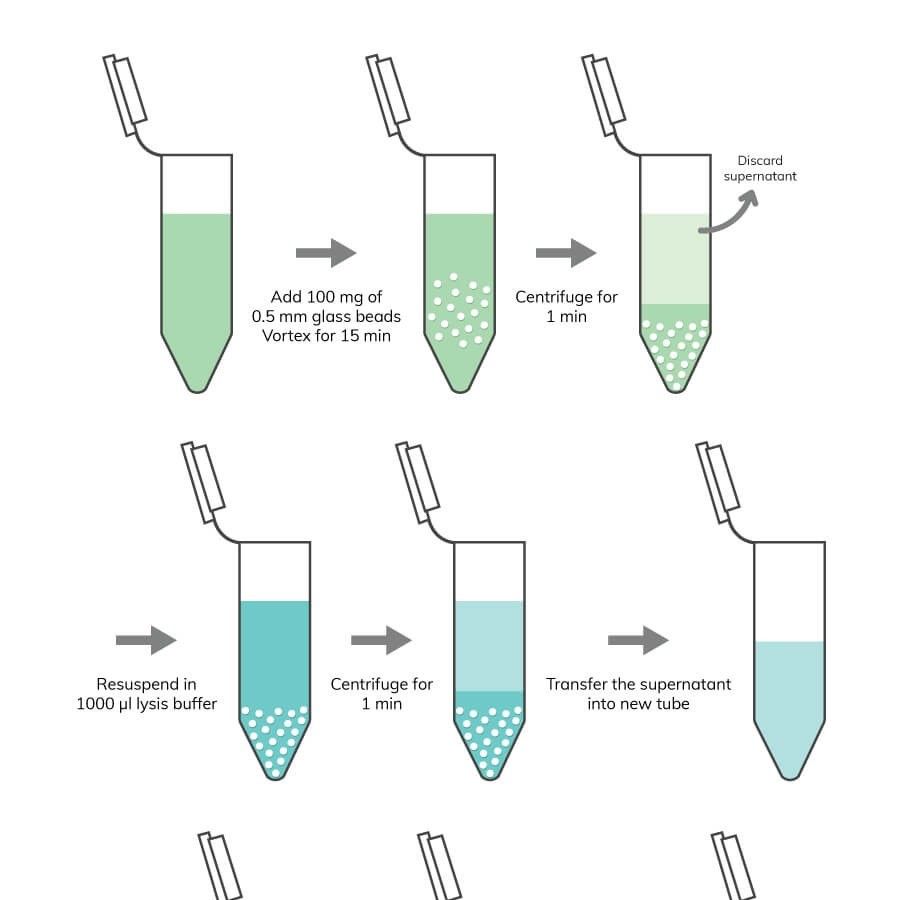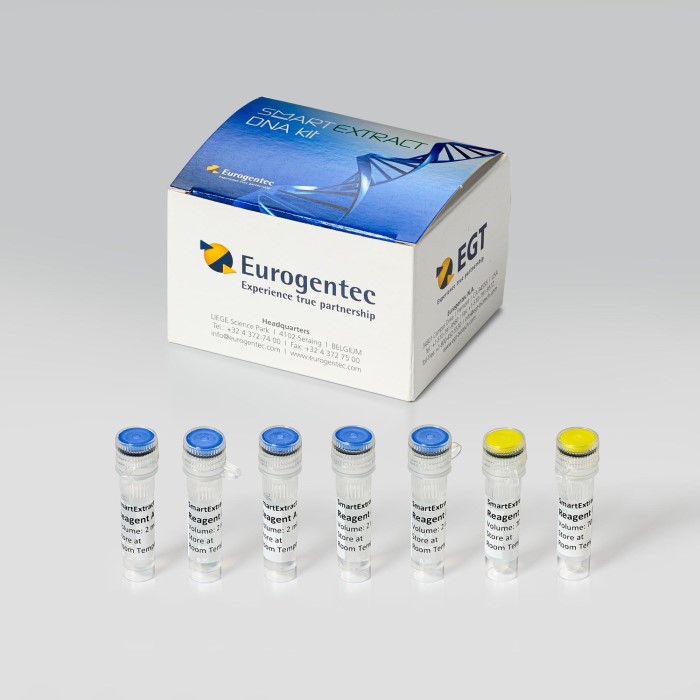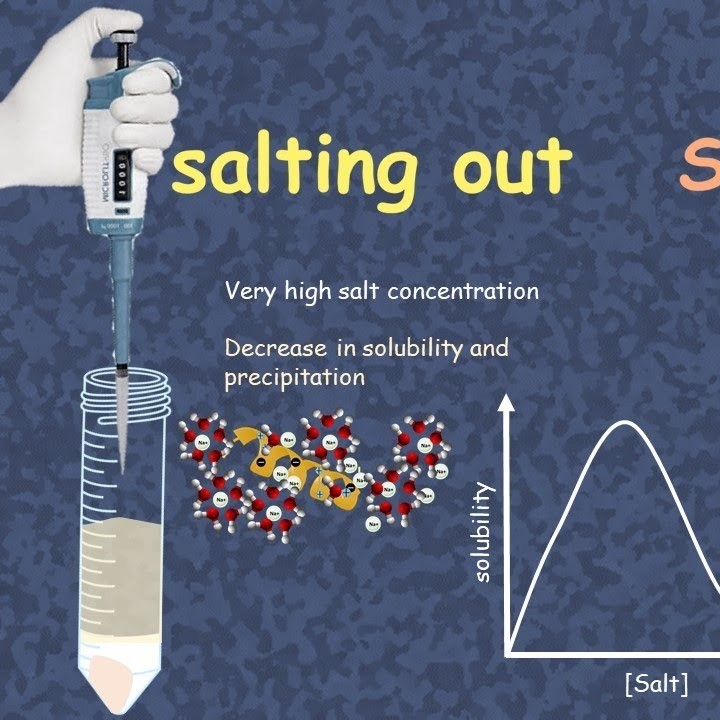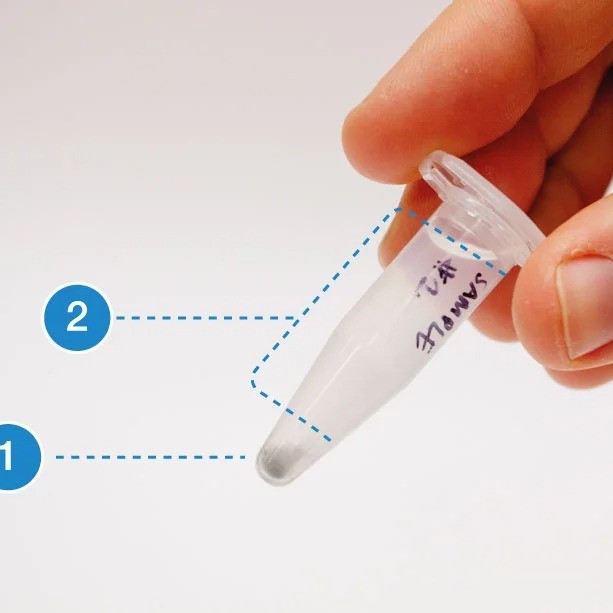Introduction to DNA Extraction
When it comes to understanding genetics, one must first grasp the concept of what is DNA extraction. This scientific process involves isolating DNA from cells, enabling researchers to study genetic material. The significance of DNA extraction spans across multiple fields, including medicine, forensics, and biotechnology. By delving into the nuances of this process, we can uncover its essential role in advancing scientific knowledge and practical applications.

In this article, we will explore what DNA extraction is, its various methods, and why it is crucial for genetic research and diagnosis. Along the way, we will highlight the applications of DNA extraction in diverse fields, demonstrating its impact on modern science and technology.
What Is DNA Extraction?
What is dna extraction? DNA extraction involves isolating DNA from cells or tissues. It separates DNA from cellular components for study. This technique is foundational in molecular biology and biotechnology.
Definition and Overview
DNA extraction is the process of isolating DNA from cellular material. Scientists use it to study genetic information. The process ensures the DNA is intact and free from impurities. It serves various purposes, such as genetic analysis and research. Effective DNA isolation helps achieve reliable results in biological experiments.
Historical Background of DNA Extraction
DNA extraction has a history spanning over a century. In 1869, Friedrich Miescher discovered nuclein (now DNA). By the mid-20th century, scientists refined extraction methods. Techniques improved in purity and efficiency over decades. Modern advancements ensure precise and high-quality DNA isolation.

Importance of DNA Extraction
DNA extraction plays a crucial role in advancing science and technology. It enables researchers to study genetic data, improve diagnostics, and develop innovative solutions. This technique drives progress in multiple fields.
Applications in Medical Research
DNA extraction aids in identifying genetic disease markers. It helps in early disease detection and prevention. Researchers study DNA to develop personalized treatments for patients. It enables advancements in gene therapy and drug discovery. DNA analysis also supports tracking and understanding inherited disorders.
Role in Forensic Science
Forensic scientists rely on DNA extraction to solve crimes. It enables identification of suspects through genetic evidence. This technique helps analyze biological materials like blood and hair. DNA profiling is used for verifying identities in legal investigations. Additionally, it assists in identifying remains in cold cases.
Agricultural and Biotechnological Uses
DNA extraction has revolutionized agriculture. Scientists use it to create disease-resistant crops. It improves crop yield and food security through genetic modification. DNA analysis contributes to animal breeding programs for better livestock. In biotechnology, DNA extraction facilitates bioengineering and drug development.
Basic Steps
DNA extraction is a systematic process that involves multiple precise steps. Each step ensures that DNA is effectively isolated for further analysis or applications. Below is an easy-to-understand breakdown of the main steps.
Sample Collection and Preparation
Sample collection is the first step in DNA extraction. Scientists obtain biological samples like blood, tissue, or saliva. Proper handling is necessary to avoid contamination and degradation. After collection, the sample is prepared by removing unwanted debris or additives.
Cell Lysis and Breaking Down Membranes
Cell lysis breaks open the cell to release its contents, including DNA. Scientists use chemical detergents to dissolve cell membranes. This step ensures the DNA becomes accessible for extraction.
Separation of DNA from Cellular Material
This step isolates DNA from proteins, lipids, and other cellular components. Centrifugation or other techniques are used to separate the DNA. Scientists may use chemical solutions or enzymes for this separation.
DNA Purification Process
The purification step removes contaminants like ethanol and salts from the DNA. Scientists wash and filter the extracted DNA multiple times. The result is pure and high-quality DNA ready for study or applications.
Types of DNA Extraction Methods
What is dna extraction? DNA extraction methods vary based on requirements, sample type, and desired quality. Choosing the right method ensures efficient DNA isolation and optimal results.
Organic Extraction
Organic extraction is a traditional method using organic solvents like phenol and chloroform. It separates DNA from proteins through centrifugation. This method yields high-quality DNA but involves handling toxic chemicals and requires careful sample preparation.
Chelex Extraction
Chelex extraction is fast and simple, often used for PCR testing. A Chelex resin binds impurities, allowing DNA to remain in solution. This method produces DNA quickly but may not yield the highest quality for advanced analysis.
Silica-Based Extraction
Silica-based extraction uses silica columns or beads to bind DNA. It involves washing and eluting DNA for purification. This method is reliable and produces high-quality DNA suitable for various applications. It is widely used in research and medical diagnostics.
Magnetic Bead-Based Techniques
Magnetic bead-based extraction uses magnetic particles coated with DNA-binding substances. DNA attaches to beads and is separated using a magnetic field. This method is efficient, scalable, and ideal for automation and high-throughput systems.
Challenges and Limitations
DNA extraction is not without challenges. Researchers often face issues that impact the efficiency and accuracy of the process. Understanding these limitations is essential to optimize techniques and achieve reliable results.
Contamination Issues
Contamination is a common problem in DNA extraction. Foreign substances can mix with the sample and degrade DNA quality. If not addressed, contamination can distort experimental outcomes. Preventing contamination requires sterile equipment and careful sample handling. Scientists use gloves, clean workspaces, and precision instruments to mitigate the risk.
Yield and Quality of Extracted DNA
The amount of DNA extracted depends on the sample and method used. Poor techniques can reduce yield or produce impure DNA. Low-quality DNA can limit its use in experiments or diagnostic tests. Optimization of protocols ensures higher yield and better purity. Researchers carefully select methods based on their needs and sample types.
Dealing with Degraded DNA Samples
DNA samples can degrade over time or due to environmental factors. Heat, light, or improper storage can break down DNA. Degraded DNA is less functional for analysis, especially in forensic or historical studies. Scientists use special techniques to recover or amplify usable DNA. Proper storage and handling help preserve the integrity of samples.
Advances in DNA Extraction Technologies
DNA extraction technologies have significantly evolved, enhancing efficiency and accuracy. These advancements meet diverse scientific and industrial needs, enabling quicker and more reliable DNA isolation processes. Below, we explore key technological progressions in the field.
Automation and High-Throughput Systems
Automation has transformed DNA extraction. Robotic systems now replace manual processes, minimizing human error. These systems process large volumes of samples in a short time, improving productivity. High-throughput machines extract DNA efficiently from hundreds of samples simultaneously. This advancement is crucial in industries like genetic testing, disease research, and forensic investigations. Automated systems are also more consistent, ensuring reproducible outcomes.
High-throughput systems integrate advanced software for precise control and monitoring. This software optimizes each extraction step, saving time and resources. Researchers benefit from standardized protocols, which simplify complex workflows. Laboratories now achieve faster results, scaling up projects without sacrificing accuracy.
New Reagents and Protocols
Innovative reagents play a vital role in modern DNA extraction. Enzyme formulations have advanced, allowing efficient lysis and purification. These reagents improve DNA yield and quality without requiring harsh chemicals. Magnetic bead-based kits, paired with new buffers, streamline extraction steps further. They also reduce the risk of contamination.
Protocols have adapted to handle challenging sample types like soil, food, or ancient remains. Advanced methods extract DNA even from degraded or low-concentration samples. Researchers now achieve success in applications previously considered difficult. Shortened protocols save time while maintaining high standards in purity and integrity.
New advancements focus on eco-friendly reagents to reduce laboratory waste. This shift caters to the growing demand for sustainable approaches in biotechnology. The flexibility of these protocols allows customization for specific experimental needs. Thus, improvements in both reagents and protocols bolster the utility of DNA extraction across fields.
Ethical Considerations
Ethical considerations are crucial in DNA extraction. They ensure respect for privacy, consent, and appropriate application of genetic data. Misuse of DNA can lead to serious ethical, legal, and social issues. Addressing these concerns promotes trust in scientific research.
Privacy and Consent Issues
DNA contains sensitive personal information. Misuse or unauthorized access can compromise an individual’s privacy. Consent is essential before collecting and analyzing DNA samples. Individuals must understand how their DNA will be used and stored. Researchers should ensure transparency and secure data management.
Unauthorized sharing of genetic data raises ethical concerns. For example, DNA analysis for one purpose might be exploited for another. Clear policies are necessary to prevent such misuse. Ethical frameworks also advocate anonymizing data to protect identities.
Laws like GDPR and HIPAA guide genetic data handling in many regions. These laws protect individuals’ privacy and enforce accountability. Educating participants about their rights enhances ethical standards.
Use of DNA in Genetic Studies
Contribution to Various Fields
Genetic studies play a significant role in multiple sectors, including:
Medicine: By understanding genetic variations, researchers can develop targeted therapies and personalized medicine.
Agriculture: Genetic studies allow for the enhancement of crop yields and resistance to diseases through biotechnological advancements.
Criminology: DNA analysis is crucial for solving crimes, identifying suspects, and exonerating the innocent.
Potential for Misuse and Discrimination
Despite their benefits, genetic studies also carry the risk of misuse. Concerns include:
Stigmatization: Certain populations may be unfairly labeled based on genetic predispositions to diseases.
Sensitive Ancestry Information: Genetic studies might unintentionally disclose sensitive information about an individual’s ancestry, leading to privacy violations.
Researchers have a responsibility to avoid interpretations of data that foster biases against specific groups.
Ethical Approval and Guidelines
Obtaining ethical approval from review boards is essential for any genetic research project. Key points include:
Minimizing Risks: Scientists must take steps to reduce potential harm to participants and ensure the safety of genetic testing.
Clear Communication of Benefits: Researchers should articulate the potential advantages of the study to participating individuals and communities.
Strict ethical guidelines govern the sharing of DNA data among institutions to protect participant privacy and integrity.
Concerns About Commercial Genetic Testing
The rise of commercial genetic testing services introduces additional ethical issues, such as:
Unauthorized Use of DNA: Companies may exploit consumer DNA for research purposes without obtaining proper consent or compensating individuals.
Profit Motive: The potential for profit can overshadow ethical considerations, leading to possible exploitation of consumers.
To mitigate these concerns, it is imperative that genetic testing companies establish transparent policies and secure informed consent from their customers.
Ethics in DNA Extraction
The extraction of DNA must balance innovative progress with respect for individual rights. Considerations include:
Respect for Autonomy: Individuals must retain control over their genetic information and how it is used.
Commitment to Ethical Practices: Upholding high ethical standards reinforces public trust in the integrity of genetic research.
Maintaining ethical conduct is vital for fostering public confidence and encouraging participation in future genetic studies.
Conclusion and Future Prospects
Emerging Trends
What is dna extraction? DNA extraction is a dynamic field witnessing rapid developments. Recent innovations address efficiency, accuracy, and sustainability. Automated systems are becoming mainstream, offering faster and error-free results. These machines handle high sample volumes, catering to research and diagnostic needs effectively.
Eco-friendly reagents are emerging as essential tools in DNA extraction. They reduce the use of harmful chemicals, supporting sustainable laboratory practices. This shift aligns with global efforts for greener technologies in biotechnological applications. Shortened and simplified extraction protocols enhance convenience without compromising quality.
Advanced methods now focus on challenging and degraded samples. Techniques are being developed for higher yields from low-concentration or ancient DNA. Portable DNA extraction kits are gaining importance in fieldwork and remote research. These trends demonstrate the adaptability and continuous improvement in DNA technology.
The Role of DNA Extraction in Advancing Science
DNA extraction is the backbone of modern biological research. It drives breakthroughs in medicine, agriculture, and crime investigations. Scientists use DNA to develop targeted treatments and manage genetic diseases. The process aids in creating better crops and resolving forensic mysteries.
Future advancements in DNA extraction will expand its reach into new industries. Innovations will support space exploration, environmental conservation, and personalized healthcare. Researchers aim to make extraction faster, cheaper, and more accessible globally.
DNA extraction empowers scientists to understand life at a fundamental level. Its applications continue to grow, contributing to the progress of humanity. As techniques improve, DNA extraction will remain pivotal in uncovering the mysteries of life and nature.







